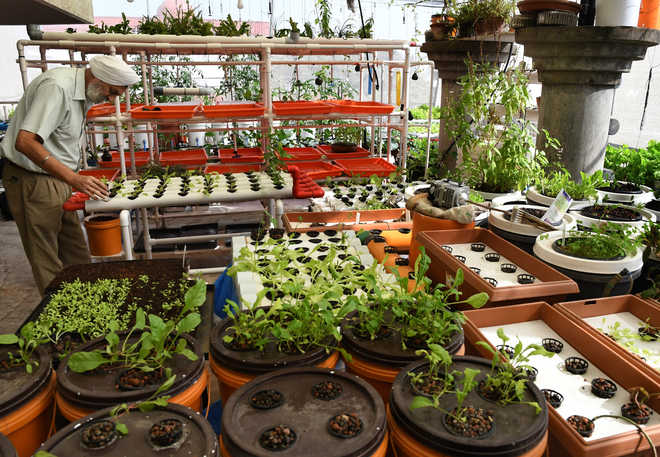Introduction: Terrace farming has emerged as a pivotal agricultural technique over millennia, transforming rugged landscapes into productive oases. This article delves into the paramount importance of terrace farming, exploring its role in promoting sustainable agriculture, conserving natural resources, enhancing food security, and preserving cultural heritage.
Preserving Fragile Landscapes
Mitigating Soil Erosion: Terrace farming effectively combats soil erosion by slowing down water flow and reducing the risk of valuable topsoil washing away during heavy rains. The stepped platforms, fortified with retaining walls, ensure the preservation of fertile soil for continued crop cultivation.
Preventing Land Degradation: In hilly and mountainous regions, terrace farming prevents land degradation, which can lead to desertification and the loss of arable land. By transforming steep slopes into flat or gently sloping fields, terrace farming minimizes the negative impact of human activity on the environment.
Embracing Sustainable Agriculture
Water Conservation: Terrace farming fosters efficient water management. The flat platforms capture and retain rainwater, promoting groundwater recharge and ensuring a consistent water supply for crops. This sustainable irrigation system minimizes water wastage, conserving a precious resource.
Crop Diversity: Terrace farming encourages the cultivation of diverse crops on different terraced levels. The varying microclimates support the growth of various plants, enhancing food security and resilience against climate fluctuations and pests.
Enhancing Food Security
Maximizing Arable Land: In regions with limited flat land for cultivation, terrace farming expands the available agricultural space. This increased arable land allows communities to grow more food, reducing their dependency on external food sources.
Steady Crop Production: Terrace farming’s water management practices ensure a consistent water supply to crops, reducing the risk of crop failure during droughts or heavy rains. The steady production of crops contributes to stable food supplies and improved livelihoods.
Preserving Cultural Heritage
Ancient Wisdom Passed Down: Terrace farming is often deeply rooted in the traditions and cultures of communities that have practiced it for generations. The knowledge of constructing and maintaining terraces is passed down through oral histories, preserving the unique identity and heritage of these communities.
Connection with Nature: Terrace farming fosters a profound connection between farmers and their land. The careful observation of natural elements, such as water flow and soil quality, reinforces an intimate understanding of the ecosystem, nurturing a harmonious relationship with nature.
Conclusion
Terrace farming stands as a vital agricultural practice with multifaceted significance. Its ability to preserve fragile landscapes, promote sustainable agriculture, enhance food security, and preserve cultural heritage makes it an invaluable technique in a world grappling with environmental challenges and food insecurity. As we recognize the importance of terrace farming, it becomes paramount to integrate its sustainable principles into modern agricultural practices, fostering a harmonious coexistence between humanity and the planet.


